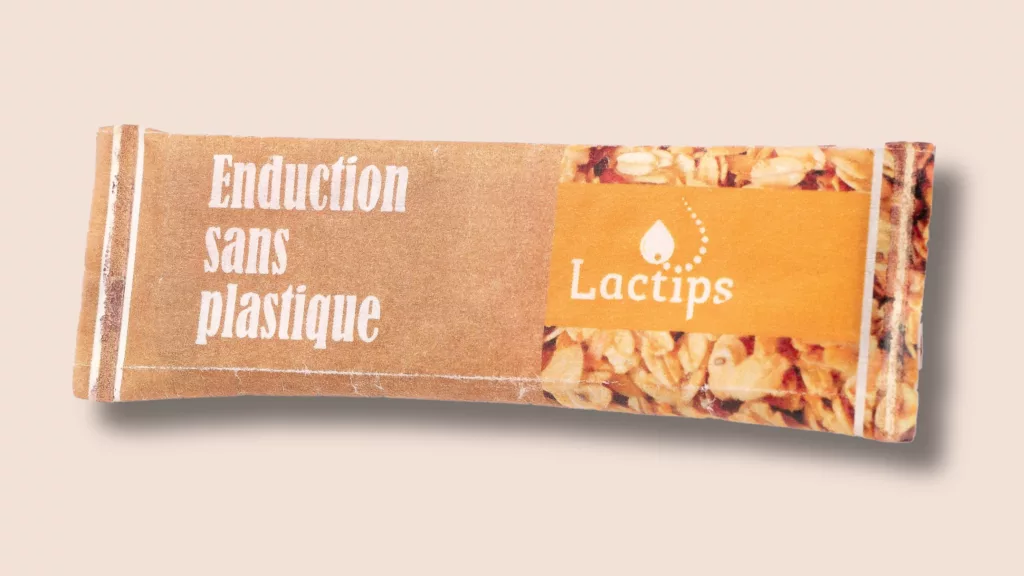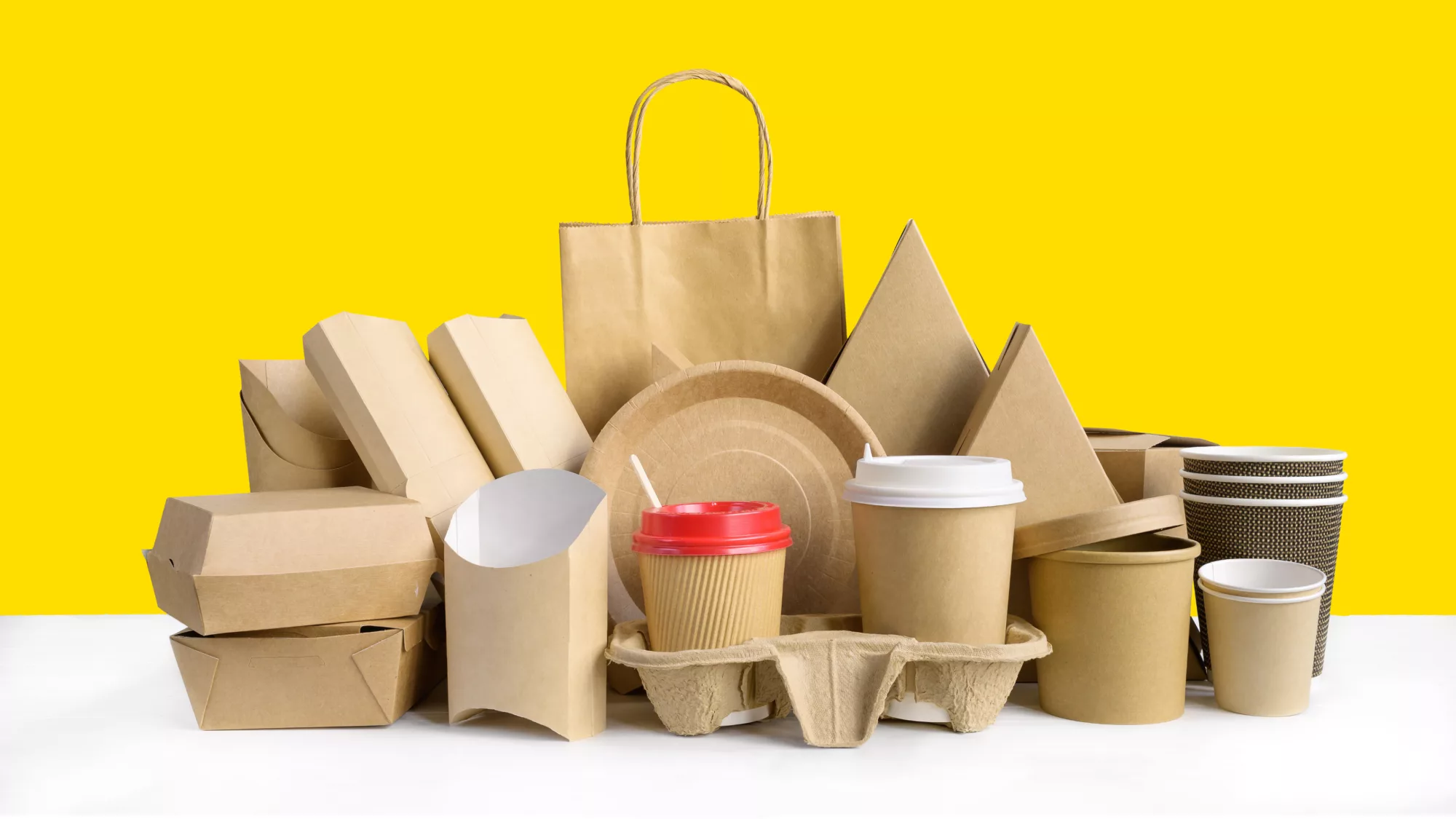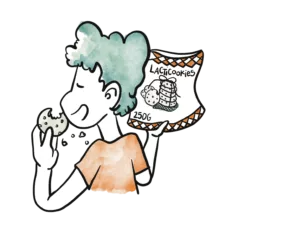Sometimes mistakenly presented as less environmentally friendly than plastic, paper is a packaging material with many advantages. Here’s why paper is an effective and sustainable solution.
The difference between biogenic and fossil CO2
As a plastic bag is about twice as light as a paper bag, its carbon footprint appears to be better, on first analysis.
However, there is some controversy about this carbon impact, as there are two types of CO2 emissions:
- Fossil CO2 emissions, resulting from the burning of carbon buried underground for thousands of years;
- Biogenic CO2 emissions, from the photosynthesis of sustainably managed plants;
It is therefore important to consider that paper is a material derived from plant biomass and is therefore renewable. Although there are also biobased plastics, this is not the case for petroleum-based plastics.
According to Materials Economics[1], EU CO2 emissions from plastic packaging are expected to double by 2050 if current trends continue.
Paper is easily recyclable
In 2019, the recycling rate for household packaging was estimated at 70.3%, according to CITEO, all materials combined.
However, there are major disparities between types of packaging: while steel is recycled at 100% and glass at 83%, plastic packaging has a recycling rate of less than 30%.
With a recycling rate of 70%, paper and cardboard packaging is well positioned.
Paper and board: the main packaging materials in the EU
From 2009 to 2019, “paper and board” was the main packaging waste in the EU (32.2 million tonnes in 2019), followed by plastic and glass (15.4 million tonnes for plastic waste and 15.2 million tonnes for glass waste in 2019)[2].
LCA studies do not allow for an objective comparison between paper and plastic packaging
It is no longer a secret that the major impact of plastics on the environment is marine pollution. Indeed, of the 300 million tonnes of plastic produced each year worldwide, between 8 and 12 million end up in the oceans. This is why we hear that by 2050 the oceans will contain more plastic than fish[3]!
However, according to Zero Waste Europe[4], some environmental factors, including marine pollution, are not taken into account in the LCA method, as well as the toxicity of certain materials and additives. Ideally, LCAs should therefore include the impact of marine waste and the toxicity of microplastics
While the scientific community is currently trying to fill this gap[5], the impact of plastic is currently largely downplayed and LCA studies of food packaging are often used to justify plastic pollution.
Properly treated paper is perfectly capable of preserving food
Compared to plastic, paper has the disadvantage that it is not water, oil and oxygen proof. However, this limitation is not inevitable: once treated, paper is perfectly capable of providing the barrier functions necessary for food preservation.
Conventional treatments based on chemicals such as perfluorinated substances (PFAs, PFOAs and PFOs) are effective, but recent studies have shown them to be harmful[6]. They have been banned in Denmark and will soon be restricted in Europe
Fortunately, sustainable and non-harmful solutions exist for some barriers and consumers are now willing to pay more for sustainable and healthier alternatives.
Plastic Free Paper™:The solution for efficient and sustainable paper packaging
Lactips has developed a sustainable, plastic-free paper packaging solution: Plastic Free Paper™. This is a solution:
-
- Guarantees total recyclability of paper and cardboard [7].
- 100% biosourced;
- Can be composted at home;
- Heat-sealable;
- Guarantees barrier functions;

Plastic-free coating of paper packaging
[1] https://materialeconomics.com/publications/sustainable-packaging
[2] https://ec.europa.eu/eurostat/statistics-explained/index.php?title=Packaging_waste_statistics
[3] https://www.wingsoftheocean.com/actualites/pollution-plastique-chiffres/
[4] http://zerowasteeurope.eu/wp-content/uploads/2018/04/Justifying-plastic-pollution_The-shortcomings-of-LCAs-in-food-packaging-policy_FoEE-ZWE-April-2018.pdf
[5] https://link.springer.com/article/10.1007/s11367-017-1382-z
[6] https://www.generations-futures.fr/actualites/pfas-rapport/
[7] The absence of impact on recyclability has been validated by the Centre Technique du Papier (CTP) in France and the Papiertechnische Stiftung (PTS) in Germany, on applications as a replacement for the sealable plastic layer for non-food packaging and as a replacement for perfluorinated compounds (PFAs) for papers requiring grease resistance.


